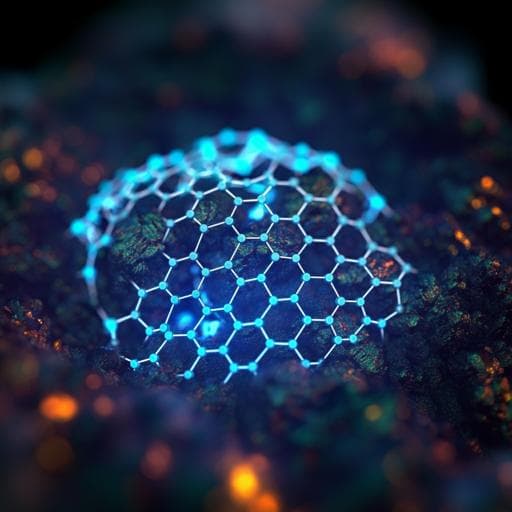
Engineering and Technology
Transfer-free rapid growth of 2-inch wafer-scale patterned graphene as transparent conductive electrodes and heat spreaders for GaN LEDs
F. Xiong, J. Sun, et al.
Discover a groundbreaking transfer-free technique for growing high-quality patterned graphene directly on GaN LED epilayers, enhancing heat management in devices. This innovative method, developed by Fangzhu Xiong and colleagues, showcases exceptional efficiency and scalability.
~3 min • Beginner • English
Related Publications
Explore these studies to deepen your understanding of the subject.







